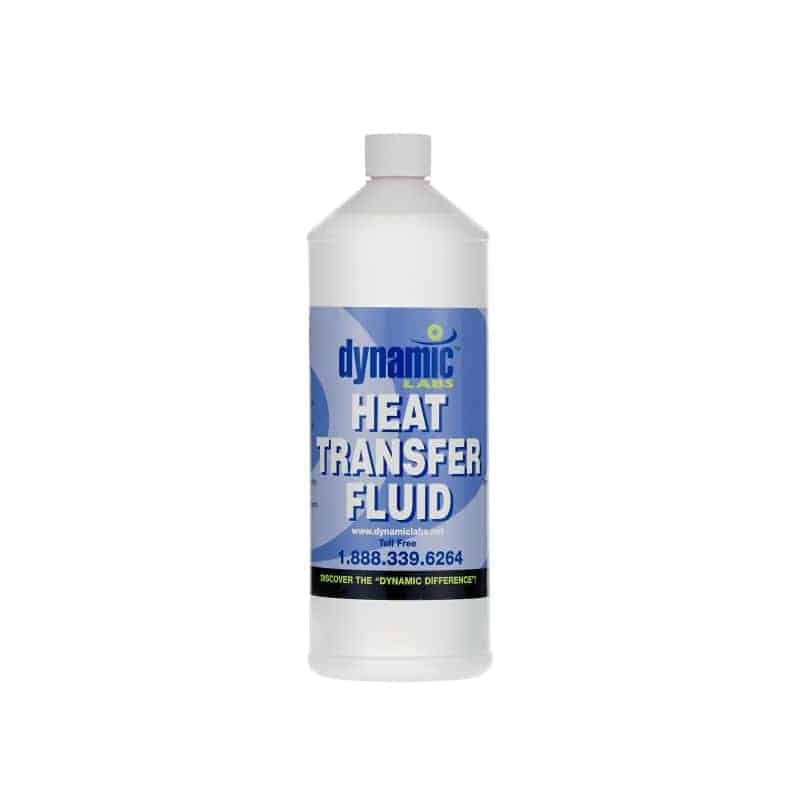Top Perks of Using Silicone Oil as a Heat Transfer Fluid in Sophisticated Machinery
Top Perks of Using Silicone Oil as a Heat Transfer Fluid in Sophisticated Machinery
Blog Article
Just How to Select the very best Heat Transfer Fluid for Your Heating and Cooling Equipments
Choosing the suitable warmth transfer liquid for heating and cooling systems is a nuanced procedure that demands mindful consideration of several factors. It is essential to examine the particular functional temperature array, along with the thermal homes such as conductivity and thickness that impact system effectiveness. Moreover, compatibility with system products and adherence to safety and environmental policies are critical. The equilibrium in between expense, performance, and sustainability eventually guides this decision. Comprehending these intricacies can dramatically influence system durability-- yet, many ignore a crucial aspect that could boost their operational effectiveness.
Recognizing Heat Transfer Fluids
Warm transfer fluids play an important role in different commercial and business applications by promoting the transfer of thermal energy. These fluids are essential in systems such as heating, energy, and cooling generation, where effective thermal monitoring is vital for operational performance. The primary function of warm transfer liquids is to take in warm from a source and transport it to a designated place, where it can be used for home heating or converted into mechanical energy.
Warmth transfer fluids can be categorized into a number of categories, including liquids, gases, and phase-change products, each serving particular applications based upon their thermal buildings. dielectric cooling fluid. Usual examples consist of water, oils, and refrigerants, which are picked depending on the temperature variety, stress conditions, and compatibility with system materials
The efficiency of a heat transfer liquid can significantly impact the total effectiveness of a thermal system. Aspects such as thickness, thermal conductivity, and details heat capacity identify exactly how well a fluid can move heat. Recognizing these attributes is crucial for picking the most ideal fluid for a particular application, making certain ideal performance and reliability in commercial processes.
Trick Characteristic to Take Into Consideration
Picking the proper warmth transfer fluid calls for careful consideration of several crucial buildings that affect performance and efficiency. Thermal conductivity is critical, as it identifies the fluid's capability to transfer heat properly. Higher thermal conductivity typically leads to far better performance in heating & cooling applications.
Another vital property is viscosity, which affects the liquid's flow attributes. A fluid with low thickness at operational temperatures will stream more easily, reducing pumping energy demands. In addition, the details warm capacity of the fluid plays a crucial role; a greater certain warm shows the liquid can save extra thermal energy, boosting system effectiveness.

Kinds of Heat Transfer Fluids
A selection of warm transfer fluids are offered, each made to satisfy details operational needs and performance standards. The primary classifications of warm transfer fluids include water, natural fluids, and cooling agents.
Water is typically used due to its high heat capability and inexpensive, making it ideal for numerous cooling and heating applications; nonetheless, it has limitations regarding cold and boiling points. Organic liquids, such as glycol blends, use a broader temperature array and are less vulnerable to freezing, making them optimal for applications in cooler climates. These liquids can likewise provide far better thermal stability contrasted to water.
Refrigerants are developed for certain applications in vapor-compression refrigeration and a/c systems. They have one-of-a-kind thermodynamic buildings that make it possible for reliable warmth transfer at reduced temperatures. Other specialized liquids consist of mineral oils, which are usually utilized in high-temperature applications because of click this link their thermal stability and non-corrosive nature.
Selecting the appropriate warmth transfer liquid includes considering the operating temperature level array, thermal residential properties, and system compatibility. By recognizing the kinds of liquids available, one can make educated choices that improve system performance and longevity.
Environmental and Security Factors
When assessing heat transfer liquids, it is essential to consider the environmental and security elements connected with their use. The choice of a liquid need to line up with governing standards and reduce possible ecological influence. Liquids that are safe, eco-friendly, and have low global warming possibility are preferred, as they add to sustainability and decrease liability in the event of leakages or spills.
Security is an additional critical factor to consider; the liquid's flash factor, poisoning, and capacity for hazardous reactions need to be completely analyzed. Fluids with high flash factors are normally much safer, minimizing the danger of fire in high-temperature applications - propylene glycol. Furthermore, the compatibility of the liquid with system materials need to be assessed to avoid degradation, which can result in leakages and possibly harmful circumstances
Additionally, appropriate handling and disposal treatments need to be plainly detailed. The usage of liquids that are easy to get rid of and manage of can dramatically lower environmental risks. By focusing on these ecological and security elements, companies can make informed choices that not only secure their personnel and the atmosphere but likewise boost the general efficiency and dependability of their heating and cooling down systems.
Application-Specific Suggestions
Understanding the specific demands of a given application is necessary for selecting one of the most reliable warm transfer fluid. Different systems have special thermal needs, running temperatures, and fluid characteristics that affect the option procedure. For instance, in applications involving high-temperature environments such as focused solar power systems, molten salts or synthetic oils might additional hints be better as a result of their superior thermal security and heat transfer effectiveness.

Furthermore, industries dealing with corrosive compounds, such as chemical processing, may require warm transfer liquids with improved corrosion preventions to extend system life and preserve effectiveness.
In addition, applications with rigorous environmental laws might benefit from bio-based liquids or those with reduced poisoning profiles. By extensively examining these application-specific aspects, designers can make sure optimal efficiency, security, and longevity of their home heating and cooling systems while sticking to governing compliance and sustainability objectives.
Final Thought

Finally, choosing the optimum warm transfer fluid for heating and cooling systems demands a thorough assessment of different aspects, including functional temperature level variety, thermal buildings, material compatibility, and environmental security. A knowledgeable selection eventually enhances system performance, lowers operational costs, and promotes sustainability. Prioritizing these factors to consider guarantees the longevity and efficiency of home heating and cooling down systems, adding to general efficiency in thermal monitoring applications.
The main feature of heat transfer fluids is to soak up warm from a resource and transport it to an assigned location, where it can be made use of for home heating or transformed into mechanical power.
The performance of a heat transfer fluid can substantially affect the total performance of a thermal system. Variables such as thickness, thermal conductivity, and particular warmth capacity identify exactly how well a liquid can transfer heat. Additionally, the specific heat capacity of the fluid plays an important function; a higher specific warmth shows the fluid can save much more thermal energy, improving system effectiveness.
In conclusion, picking the optimal heat transfer fluid for heating and cooling systems requires an extensive assessment of various read what he said aspects, including functional temperature variety, thermal buildings, material compatibility, and ecological security.
Report this page